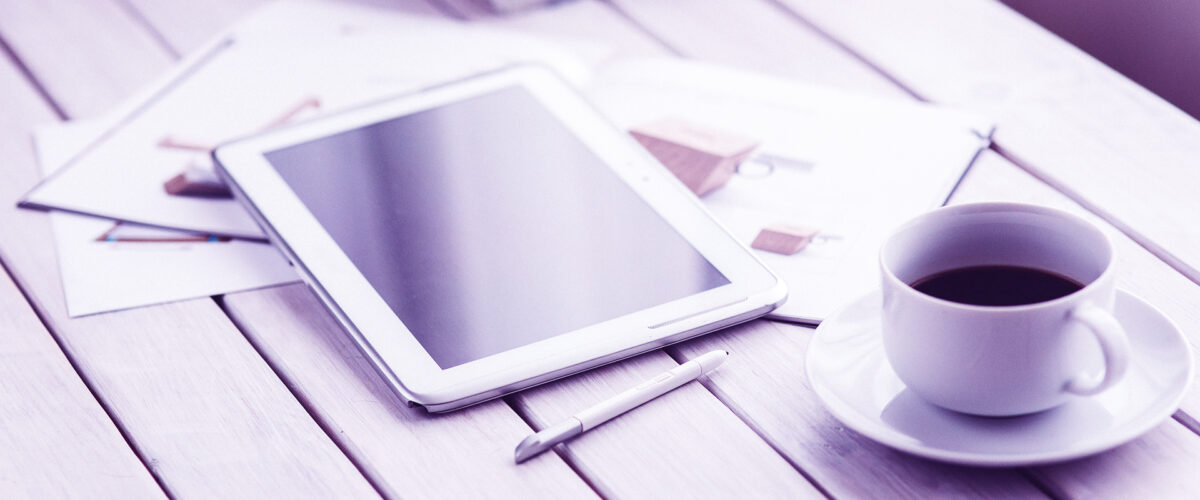Article | 1 November 2015
Must the app be CE marked?

This autumn the Swedish Medical Products Agency (MPA) has urged users of medical apps to check that they are CE marked. The Agency has also announced that it may impose a market ban on an app. When does an app become a medical device and in such case, what are the consequences?
Apps that keep track of your body are growing in popularity and the value of the app market is rising every year. The Medical Products Agency (MPA) has increased its focus on these apps and recently announced that this fall it may impose a market ban on an app for the first time. According to the MPA, the app in question has the task of diagnosing a patient’s state of health. This means that the app is a medical device that must be CE marked under EU legislation. Since the app is not CE marked, according to the MPA a market ban must be imposed.
Against this background, the MPA has called for medical app users to check that they are CE marked. But what features make an app a medical device?
For something to qualify as a medical device, first and foremost the manufacturer must have a purpose and area of use for the product covered by the definition of a medical device in Section 2 of the Medical Devices Act. For apps, the main criteria are that the products are intended to detect, prevent, monitor, treat or alleviate a disease in humans.
In other words, an app must be CE marked if, according to the manufacturer, it is intended for the diagnosis or treatment of an illness or injury, or if it is intended to examine a physiological process. For example, the app may transfer data from the body, such as body temperature, body weight, heart rate, and various types of ECGs, regardless of whether the data is fed automatically from a sensor or entered manually. An app with health data such as therapeutic values or images that create and convey a basis for diagnosis, or are used to treat a disease in the user, typically has a medical purpose and must then be classified as a medical device. The classification can also apply to apps that are used as aids for people with disabilities.
It should be noted that so-called lifestyle apps, such as apps for exercise and training, normally are not medical devices.
It should also be mentioned that the device itself, for example, the mobile phone that the software runs on, or through, is not a medical device. The manufacturer of the phone did not have a medical purpose for the phone. However, the assessment may be different if the device is converted for an explicit medical purpose.
What happens if an app is classified as a medical device? The rules include requirements that both the product and the manufacturer must meet.
- The app must be CE marked. Through CE marking the manufacturer certifies that it is safe and suitable for its purpose. An app that is a medical device but lacks CE marking can be banned, which the MPA is now considering for a product available on the Swedish market.
- The manufacturer must have systematic follow-up of apps released on the market to ensure that they work as intended.
- The manufacturer must report accidents and incidents, such as an incorrect diagnosis of improper or no treatment.
- The manufacturer must also take the necessary corrective measures to prevent accidents or incidents from happening again.
- Moreover, the manufacturer must report what corrective measures have been taken; for example, an app may have been modified or taken out of use.
- In addition, the manufacturer must comply with personal data legislation, which means that consent must be obtained from the user.
New regulations on medical devices are being processed within the EU. Follow legal developments carefully.


